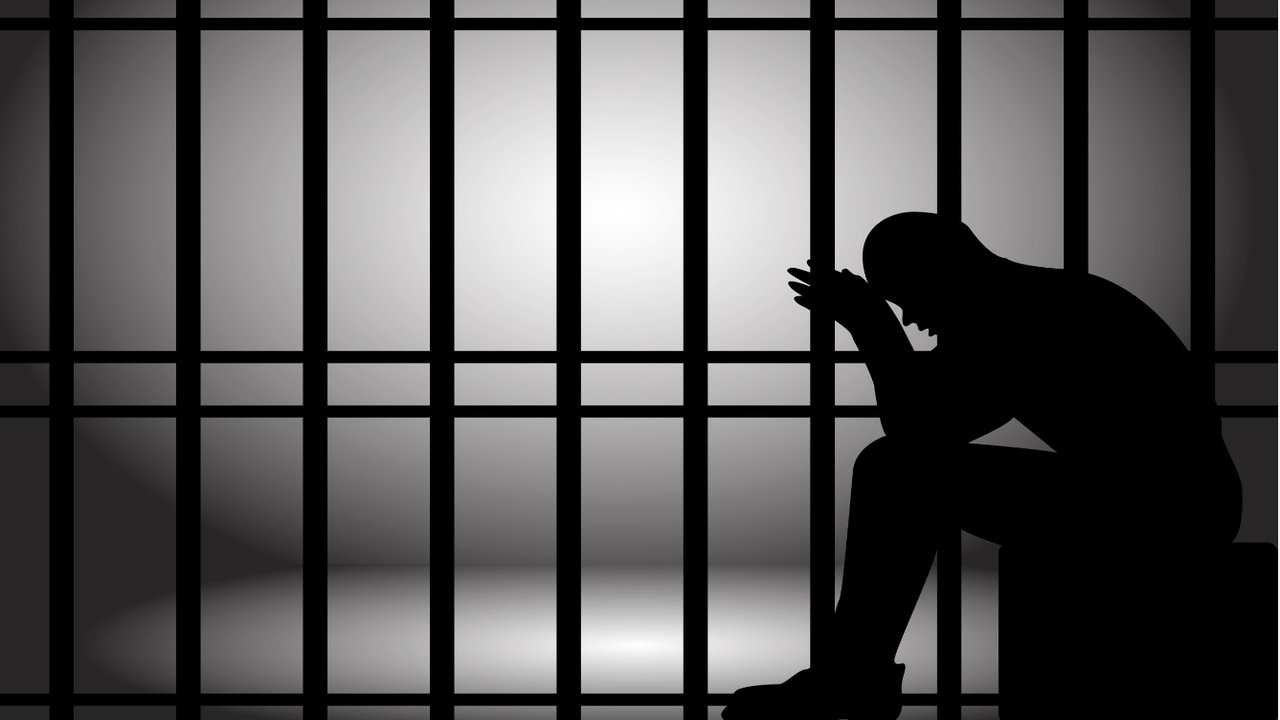
PRISON REFORMS
Context
- The Prison Statistics India 2016, published by the National Crime Records Bureau (NCRB) in 2019 highlights the plight of prisoners in India. The data, with its set of advantages and limitations, can guide policy framework towards better prison reforms in India.
- Prisons are expected to undertake human engineering, influencing and modifying perceptions, attitudes and behaviour of those who come into their charge, but Indian prisons have become workshops of crime and atrocities
- PROBLEMS
- Overcrowding of prisons – nationwide prison occupancy rate stood at 114 per cent as of 2016.
- Huge number of undertrials – According to NCRB -Prison Statistics India (2016), 67.2% of our
- total prison population comprises undertrial prisoners.
- Indian prisons face three long-standing structural constraints: overcrowding, understaffing
- and underfunding. India’s prisons are understaffed by at least 33 per cent.
- Prisoners’ health conditions deteriorate in prisons which are overcrowded, where nutrition is
- poor, sanitation inadequate and access to fresh air and exercise often unavailable.
- When released, often with no prospects for employment, former prisoners are generally subject
- to socio-economic exclusion.
- According to the NCRB 1.2% of the prisoners have mental illness and they are being ill-treated
- and discriminated and deprived of their right of good health.
- Poverty: Many prisoners are unable to execute bail bonds or provide sureties.
- Little public scrutiny in jails provides the possibility of violation of basic rights.
- Most of the installed CCTV cameras are not functioning in prisons.
NEED FOR PRISON REFORMS
- Prison reform is necessary to ensure that human rights of prisoners are protected and their
- prospects for social reintegration are increased.
- Prisons are not isolated from the society and prison health is public health. It is important to
provide adequate health facilities.
- For protecting the rights of inmates with mental health-care needs.
- Most recent statistics reveal that over 67 percent of the prisoners are under-trials and may
- continue to be held in overcrowded prisons for years. This makes them one of the weakest
- sections of society.
WHAT SHOULD THE PRISON REFORM SCHEME LOOK LIKE?
- Pre-trial detention has become the particular source of injustice in the Indian justice system,
- this is majorly because of lack of legal services to the undertrials.
- It is high time that the access to legal aid (which is a directive principle to state policy under
Article 39A) should be made a fundamental right.
- Undertrials should be released on Bail: In 2017, the Law Commission of India had
- recommended that undertrials who have completed a third of their maximum sentence for
- offences attracting up to seven years of imprisonment be released on bail.
- Section 436A allows undertrials to be released on a personal bond if they have
- undergone half of the maximum term of imprisonment they would have faced if
- Unified prison management system: There should be a unified prison management system that
- has records of all in-mates, so they don’t have to run from pillar to post for copies of documents
- like court orders. The project has been recommended by NALSA as well. For eg. Delhi’s Tihar
- Ensuring Accountability of Police – any crime like custodial violence must be fast tracked within
- specified time period through Independent investigation Agency
- Capacity building of prison staff: It is of paramount importance that the prison staff is trained
- in how to treat and deal with inmates.
- The Supreme Court, in September 2017, has directed that there should be proper
training manuals for prison staff.
- Strict Implementation of DK Basu case guidelines as well as NHRC guidelines by States. Also,
- Mandela Rules for the Treatment of Prisoners adopted by the United Nations should be
- Skill development of the prisoners: The major role prisons should play is of reformation and
- making sure that, once out, inmates are properly integrated into society. That is possible when
- more skill development programs are introduced in the jails to enhance their chances of
- earning. TN Prisoners produced 36000 masks per day
- Open prisons should be encouraged.
- Supreme Court appointed Justice Amitava Roy Committee (2018) has given recommendations
to reform prisons.
- Modern cooking facilities, canteens to buy essential items
- Speedy trial remains one of the best ways to remedy the unwarranted phenomenon
of over-crowding. Trial through video conferencing should be made available.
- There should be at least one lawyer for every 30 prisoners, which is not the case at
present.
- Special fast-track courts should be set up to deal exclusively with petty offences
which have been pending for more than five years.
